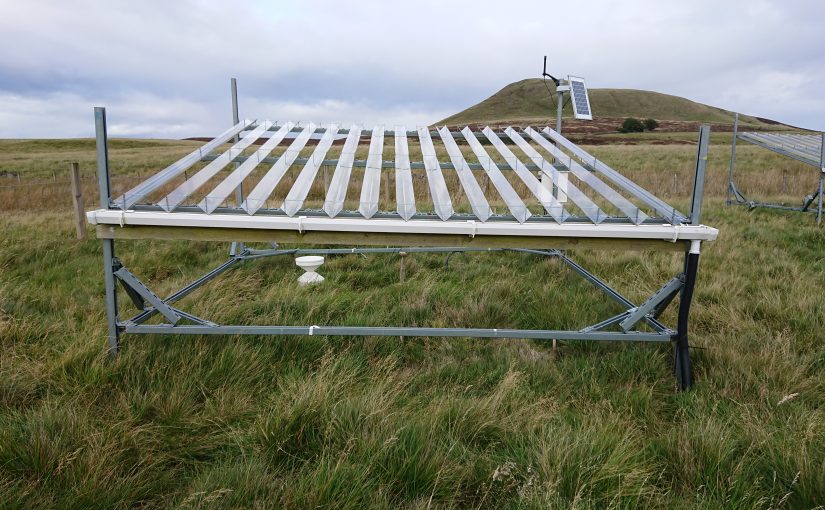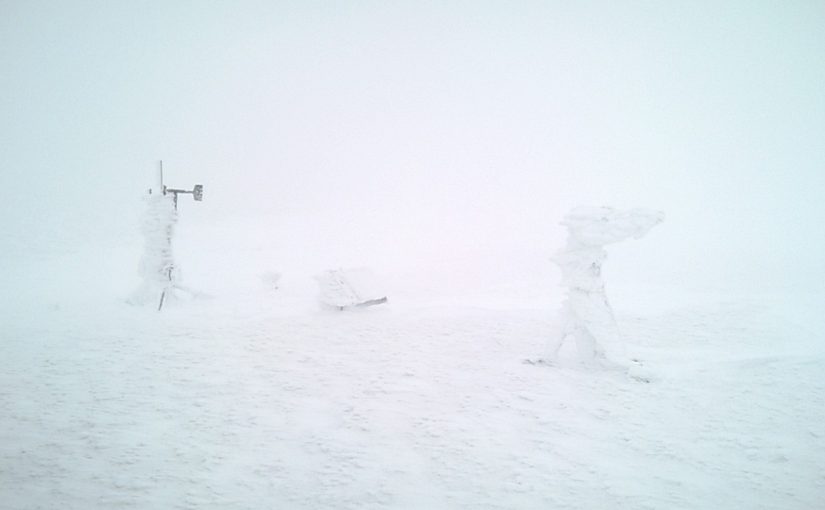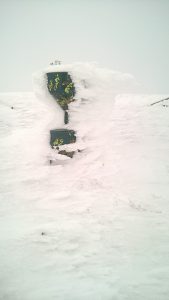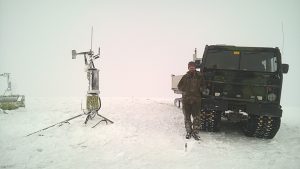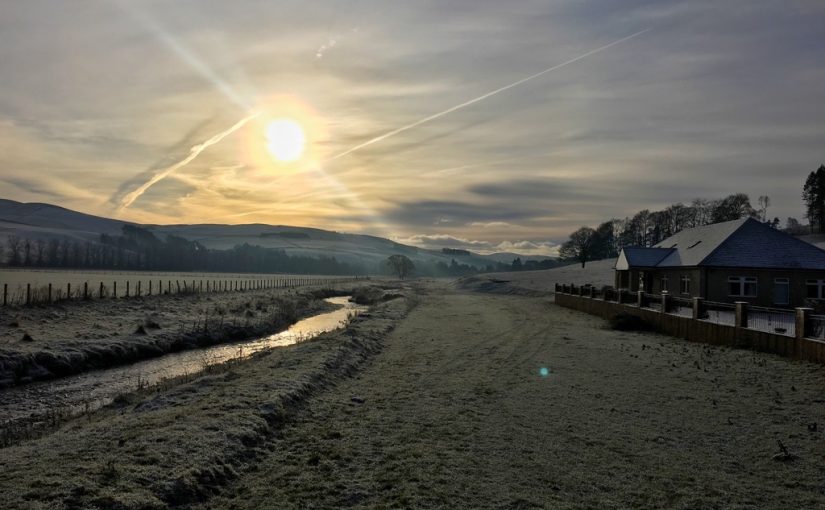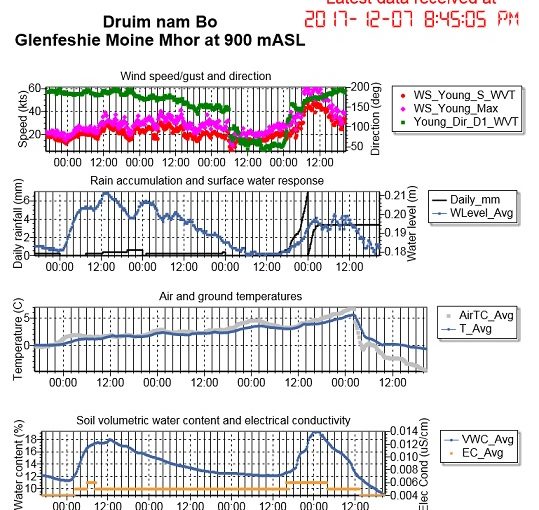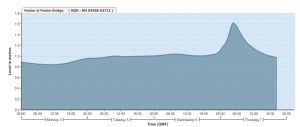Drought Risk and You – talking about drought, climate change and farming in Freuchie, Saturday 20th January 2018.
Registration link here.
Programme available here: Jan 2018 Eden DRY event v4
Scotland is considered by many as a wet country but over the past years we have seen some prolonged dry periods – for example, 2003 in Tayside, 2008 in the Hebrides and 2010 in SW Scotland. 2017 saw a dry spring in central Scotland.
The DRY project, funded by UK Research Councils, is investigating drought and water scarcity in the Eden catchment alongside 6 other river basins elsewhere around Great Britain. We are collecting digital narratives from local people, while also undertaking experimental crop and grassland research, and computer-based hydrological modelling. We want to discuss with you:
-
What were the impacts of past droughts like 1976 and 1984 in Fife?
-
What could future drought look like in Fife?
-
What might the impacts of future droughts be on agriculture – on food and fodder crops?
-
How might grassland – a common land cover in lawns, golf courses and pasture – be affected?
-
What research is being undertaken in Fife and the UK to investigate these impacts?
Come and join an action-packed morning where we share some of the science that has been generated though the DRY Project. You have the opportunity to share your stories about past, present and future drought impacts and possible adaptations to drought and water scarcity in Fife and Scotland.
At this event, we aim to engage particularly with the agricultural sector and local people. Members of the research team are keen to capture your thoughts on the day in audio/video formats, with a view to sharing your experiences and insights as part of the wider project . Contributors from the DRY project team participating on the day will be:
-
Professor Lindsey McEwen (University of the West of England) – team leader, Drought Risk and You
-
Dr Ivan Grove (Harper Adams University) – Presenting results of crop research experiments at Harper Adams University. Drought experiments have been conducted on Wheat, Barley, Triticale, Durum Wheat, Quinoa,
Perennial Rye Grass and Lucerne. -
Dr Andrew Black (Dundee University) – local coordination for Eden (Fife) catchment, leading site visit to “rain-out” (drought simulation) grassland experimental site on the slopes of East Lomond.
-
Members of the digital storytelling team from the School of the Arts, English and Drama at Loughborough University.
To assist with the collection of digital stories, the organisers are interested to arrange opportunities to audio/video record your experiences and insights about drought risk in the Eden catchment. We’ll follow up all registrations with a follow-up email asking (without any obligation) if you would like to make yourself available for this.

